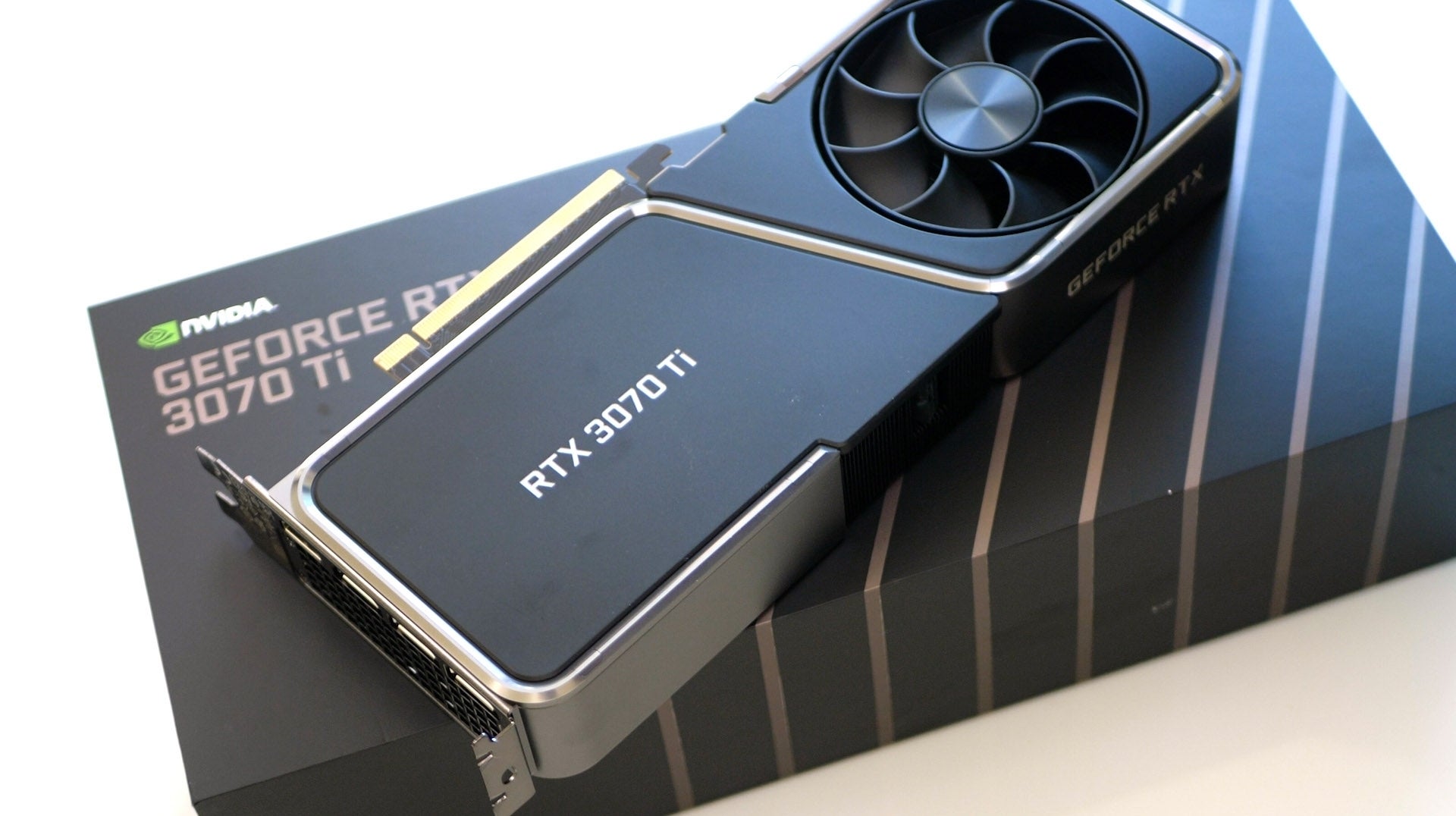The idea of the Nvidia GeForce RTX 3070 Ti has obvious appeal. Positioned between the $500/£469 RTX 3070 and $700/£569 RTX 3080, the $600/£529 3070 Ti ought to offer noticeably better performance than the vanilla 3070 while being significantly more affordable than the 3080. The new card is also only $20/£0 more than the AMD’s RX 6800, so there’s potential here for Nvidia to offer equivalent performance in many games, plus better results in RT titles and a more mature feature set, at a broadly equivalent price.
Unfortunately though, the 3070 Ti doesn’t really deliver on its premise, offering what is typically a single digit performance bump over the regular 3070 that simply isn’t good enough given its 20 percent higher asking price – and that’s without factoring in the normal Covid-era markups for graphics cards of any flavour. After a genuinely good value RTX 3060 Ti and an RTX 3080 Ti that brought 3090 performance to a lower price point, the 3070 Ti is therefore something of an unexpected combo-breaker.
The RTX 3070 Ti goes on sale on June 10th – here’s where to buy it.
Looking at the specs, we can start that Nvidia’s latitude in delivering a midway point between RTX 3070 and 3080 was fundamentally limited. Rather than being a cut-down version of the RTX 3080’s GA102 GPU, the 3070 Ti is instead a fully-enabled version of the RTX 3070’s GA104. The CUDA core count jumps only 4.3 percent, from 5888 to 6144, compared to 8704 on the RTX 3080.
Of course, raw compute power isn’t everything, and we do so more significant changes elsewhere – including in the memory subsystem where Nvidia has opted for GDDR6X here instead of plain old GDDR6 on the 3070. That results in a tremendous uplift to memory bandwidth – 608GB/s versus 448GB/s – but this more expensive memory no doubt contributes a fair amount to the 3070 Ti’s $100 higher MSRP. Boost clocks are also 45MHz higher and the card is allowed to suck down 32 percent more power, as the card’s TDP shifts from 220W to 290W. That looks pretty promising, but remember that the higher bandwidth afforded by GDDR6X also results in greater power draw – so it may be that relatively little is left over for the rest of the GPU to utilise.
